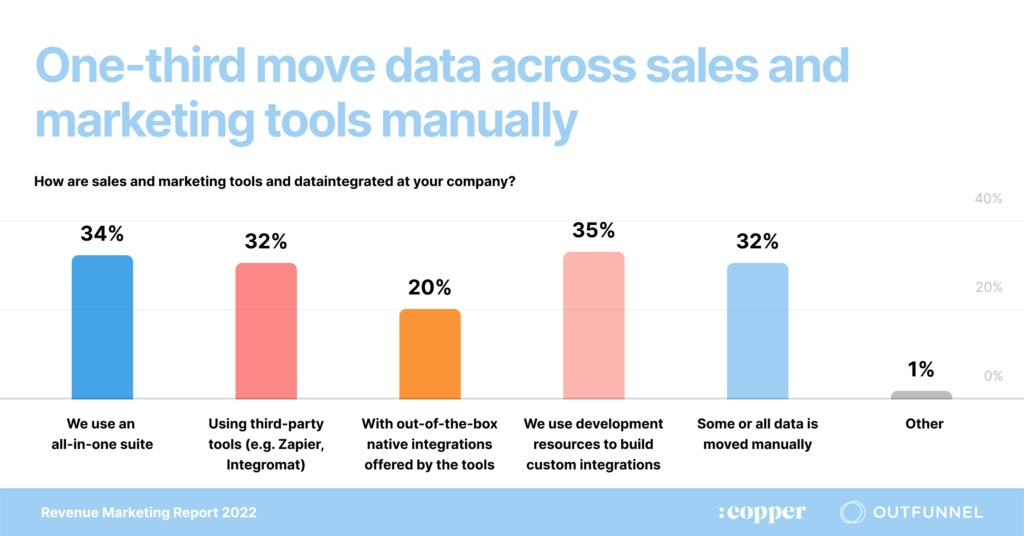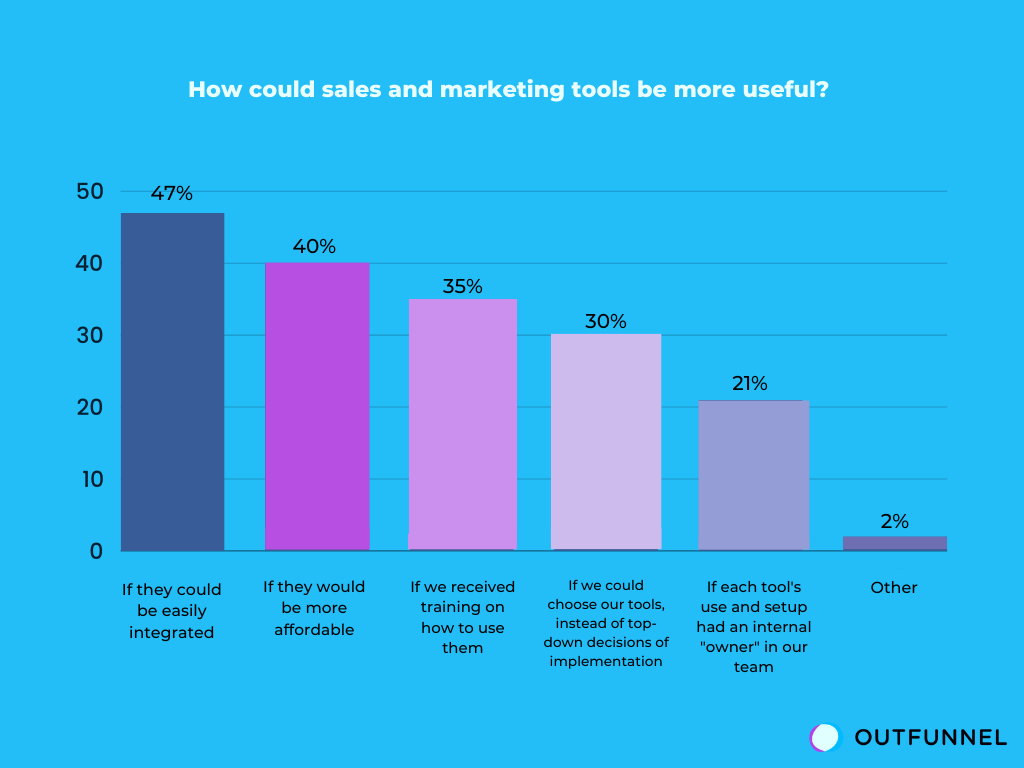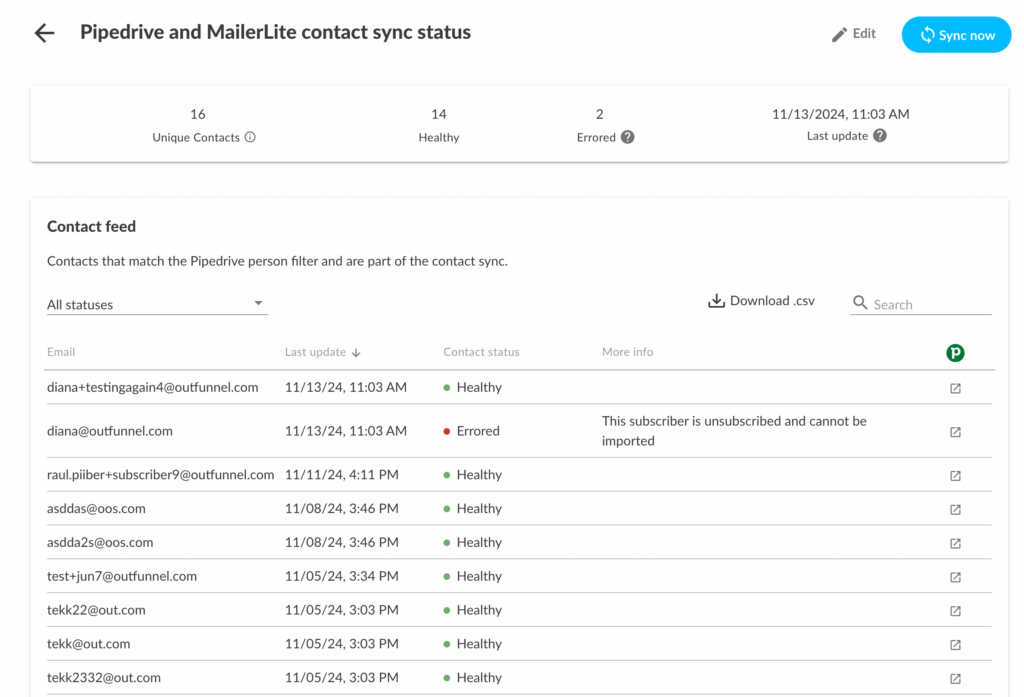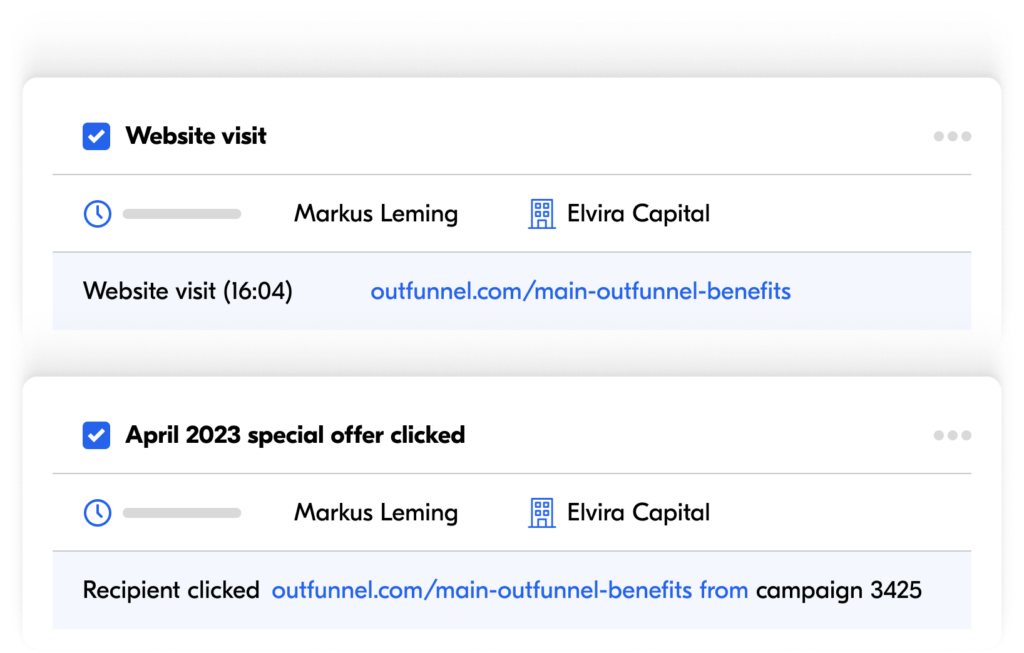When managing sales and marketing data, things can go wrong in surprising ways (and often also predictable ways).
We’re in constant contact with sales and marketing leaders and specialists and have observed the frustrating, funny, and downright chaotic challenges in data management. And let’s be honest, even the best teams occasionally find themselves with tangled-up data that’s not helping anyone. Here’s a look at the seven most common sales and marketing data management mistakes we see, why they matter, and how to get your data organized and working for you.
1. Forgetting to automate lead management: the “surely someone will follow up all good leads” trap
Imagine a bunch of fresh new leads pouring in from your latest campaign. Great news, right? But instead of flowing smoothly into your CRM, they’re stuck waiting for someone (probably already swamped) to enter them by hand. Without automation, following up on these leads promptly is unlikely to happen. By the time sales get to it, leads have either forgotten they signed up or even moved on to a competitor.
Entering leads manually also increases the risk of typos and erroneous copy-pasting.

The fix? Make sure every lead goes straight into your CRM without anyone having to lift a finger. Automation tools can help capture leads directly from forms, social media, or emails, and assign follow-up tasks automatically. This way, sales reps aren’t stuck chasing “fresh” leads that are about as fresh as that forgotten avocado in the back of the fridge. (yeah, that’s an avocado there).
Also, make sure to master the workflow automation features of your CRM. We’re pretty heavy Pipedrive users and love their workflow automation. If workflow automation is not available in the lower plans the time and misses saved may be worth the extra fees alone.
2. Missing lead source data: so, uh… we’re not really sure what’s working in marketing?
If you’re reading this blog then this may be preaching to the converted but knowing where your leads come from is kind of important.
Without tracking lead sources, you’re playing marketing roulette. (And career progression roulette). Are your leads from that pricey ad campaign, from trade shows, or from all that content on the blog? Nobody knows! This leads to all sorts of messy budget missteps, like doubling down on channels that aren’t working or underfunding the ones that are.

Automated lead source tracking helps make this information clear and reliable. With the right setup, every lead that hits your CRM is tagged with a source. Imagine the power of knowing, “Hey, our podcast ad is actually working!” versus just assuming it’s a hit based on hunches. You can now say goodbye to marketing guesswork.
Auto-capturing lead sources is something Outfunnel can do for you but there are even better tools for that like Attribution app (simpler) or Funnel (more advanced).
3. Having separate CRM and marketing databases: the “can’t we all just get along?” problem

If your CRM and marketing systems aren’t talking to each other, it’s like having a glass wall between your sales and marketing teams. You can kind of see them and get some information across with body language but there’s no working together as one team.
Leads might be getting nurtured by marketing while sales are blissfully unaware—or worse, reaching out with a message that’s totally out of sync. The outcome? Confused customers, duplicated effort, and sometimes the dreaded accidental “double email.”
Integrating your CRM with your marketing tool(s) is a prerequisite to the happy place where everyone knows what’s happening with each lead. Once connected, all leads get the right message at the right time, marketing knows exactly when sales steps in. It’s smoother, easier, and honestly—just better for everyone (including your customers).
There are many ways to sync sales and marketing data but beware, not all of them are equally good. See my next point.
4. Poor data integration: when “connected” doesn’t actually mean “synced up”
Even when you have your CRM and marketing systems connected, things can still go wrong. And it’s usually the case of picking the wrong tool for the job, or misconfiguration.
We at Outfunnel often get compared to native integrations offered by various CRMs and marketing automation platforms. Some of these integrations are world-class but, usually, they’re too basic. For example, data only syncs one way, some data types can’t be synced, or there’s no visibility into what gets synced, and when.
Similarly, while we love and use generic data integration tools like Zapier and Make for simpler connections like syncing new leads from a web form to your CRM, they’re not meant for syncing whole large databases – and we’ve seen people with some pretty gray hair who’ve tried.
And then there are situations where the right tool is there but there are configuration errors. For example, you may want to sync all qualified leads from your marketing tool to your CRM and have mapped a field that’s required in the destination but missing in the source. This way, ready-to-buy leads can forever be stuck in the proverbial syncing waiting area.
Some tools, like Outfunnel, highlight any syncing issues to help get data integration right on the first try. With the right tool and setup, you’ll avoid weird data gaps and keep all your contact info right where it should be: ready and waiting for your team.

5. Leaving sales in the dark on lead engagement: “cold calling” reimagined as “gold guessing”
Nothing slows down a sales call quite like the realization that the rep knows almost nothing about the lead’s engagement history. Without any context, sales reps end up guessing which message might stick and may even pitch products or features that the lead has already seen—or worse, didn’t care about. Imagine calling a lead who’s clicked every email about Product A only to pitch them on Product B. Yikes.
To prevent this, make sure sales can see what marketing has been up to, whether that’s email opens, link clicks, or even website visits. Having this kind of engagement data front and center allows sales reps to personalize their outreach in a meaningful way, so they’re not accidentally turning a warm lead into an ice cube.
Risking to sound like a used car salesman, Outfunnel can sync email engagement and even web pages visited right into your CRM.

6. Poor database hygiene: “Do we really have this many Johns?”
It’s easy to think of database cleanup as “we’ll get to that later.” But a CRM full of duplicate contacts, outdated info, and half-finished records isn’t helping anyone. Duplicate records lead to double outreach (which annoys customers), outdated info confuses sales reps, and missing data wastes everyone’s time. We’ve seen cases where the same lead got emailed twice by two reps on the same day—not a great look.
Regular database hygiene is key to keeping your CRM organized. Schedule a quarterly “data hygiene day” where everyone tackles duplicates, updates contact info, and removes old or invalid leads. Most CRM tools have deduplication features or add-ons like Dedupely to help streamline this process, making it easier to keep your data in tip-top shape.
7. Limited real-time data visibility: “Why didn’t anyone see this before?”
If your team relies on monthly reports to know how lead generation is tracking, you’re essentially flying blind most of the time. By the time you see the data, any emerging trends are long gone. Real-time visibility, on the other hand, lets you spot trends as they happen—so if a new channel is driving leads, you can amp it up, or if lead flow suddenly drops, you can address it immediately.
We at Outfunnel get a couple of dozen leads per day so it’s not uncommon for me to browse the source and landing page data for all new signups to make sure we stay on top of what’s working – and what has stopped working.
Setting up real-time dashboards makes it easy to track metrics like lead volume by source. This means you can react to trends in real-time rather than scrambling to figure out why things went sideways a month ago.
It’s a good day to start fixing your sales and marketing data management mistakes
From lost leads to messy databases, these common sales and marketing data management mistakes are fixable with the right setup and a bit of effort. Automating lead capture, tracking lead sources, integrating CRM and marketing systems, and keeping data clean are simple, actionable changes that can make a world of difference. At Outfunnel, we’ve seen these basic revenue operations fixes work wonders for our customers, creating smoother, more coordinated workflows and ultimately driving more sales.
So, take a look at your revenue ops setup and see if any of these challenges sound familiar. Fixing even a few can go a long way toward turning your sales and marketing data from a source of headaches into a powerful asset. And hey, the next time you find yourself calling a lead, you might just know exactly what to say.



